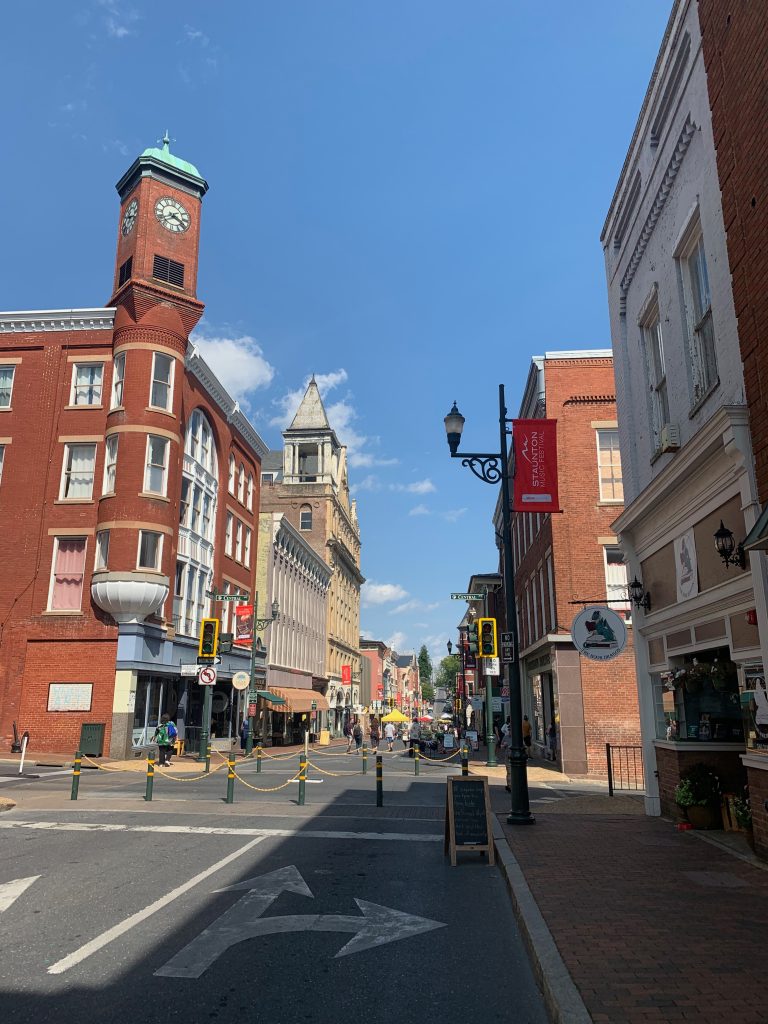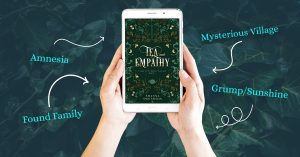Books
Franchise Creep
One of the latest issues coming up in the book world is fan fiction being sold and promoted as such by major publishers. Fan fiction is stories fans write using characters from existing works or set in those worlds, and authors writing fan fiction isn’t at all new. Many authors get their start in writing with fan fiction, whether actually writing it or just making up stories or playing out scenarios in their heads. The impulse to write often comes from reading or watching something and wanting either to fix it or to explore that world further. That leads to learning how to write and plot, which leads to writing their own stories. Sometimes a story that starts as fan fiction may get developed to the point it’s no longer actually fan fiction but is about original characters in an original world, or the author may be inspired by a character from another world and base an original character somewhat on that character, but with the author’s own spin. You’d only know the origins of the story if the author told about it or if you knew both the author’s interests and the fictional world that inspired them very well.
My first deliberate attempt at writing was something that spun off from mental fanfic. I’ve always entertained myself by making up stories in my head, often based on whatever TV show, book, or movie I was obsessed with at the time. Since there was only one girl in Star Wars, the girls in the neighborhood fought over who got to be Leia when we played Star Wars, and those who didn’t win had to make up their own characters. I had a lot of mental stories about my character, and along the way the stories focused so much on her and less on the Star Wars universe that they became original stories, and I then realized that if I wrote down these stories, I would have a book. I never actually finished that book because I was good at coming up with characters and situations but didn’t yet know how to plot a book, so I had a fun chapter one and nothing much more. I’m sure there are a lot of other authors who’ve done similar things. I know of a few works that started as something connected to another fictional universe, but I don’t know how open those authors are about it (some of it came up in personal conversations), so I’m not going to name names here.
What’s different is that now not only are the authors being open about the origin of their works that started as fan fiction, but the publishers are promoting these books as being essentially fan fiction, actually naming the characters and series they’re based on. That already happened with Fifty Shades of Grey starting as Twilight alternate universe fan fiction (putting the characters into different lives), but I don’t think the publisher actually pushed that connection. It was an open secret, but the publisher wasn’t promoting it with “It’s Twilight, but what if Edward was a kinky billionaire and Bella was a grad student.” Now there have been a number of books that started as fan fiction that changed the character names and details of the world and are now being published as original books, with the publisher actually promoting the fact that they’re really about those other characters, targeting fans of the original series.
I’m not going to get into the legality or ethics of that. My concern is that it’s extending the growth of the “franchise” mania to books. It’s already getting to the point that it’s nearly impossible these days to get a movie made that isn’t part of some franchise. It’s either a sequel or a remake of something that’s already been a hit or it’s based on something else, like a comic book, novel, or videogame. Books, at least, had to be original. There were tie-in novels, of course, but you don’t break in with those. Those are things that established authors get chosen to write. But are we getting to the point where your book has to be connected (although unofficially) to some established franchise in order to get it published? It used to be that if you submitted a book to a publisher and said that it was really about Han and Leia from Star Wars, even if they have different names and the names of the places are different, it would be an automatic rejection. Now that seems to be what they’re looking for, something they can market as being for fans of those other series.
I haven’t read any of the books in question, but the reviews I’ve seen mention that they don’t make a lot of sense out of context unless you’re reading them with fan fiction in mind because they’re so based on that other world that you have to know the original characters and their backstories from that original world for the story to make any sense. If you don’t know it’s fan fiction and aren’t familiar with the source material, the stories don’t work.
I haven’t tried to publish traditionally in a long time, but I hate the idea that in order to sell a book, I’ll have to write the story in which Jyn Erso and Cassian Andor actually survive the battle and run off together to fight in the Rebellion, but just changing their names and fudging the details enough to not be a trademark violation.
Actually, I’d love to write that story, and I might weave something similar to the concept into my own original world, but if I do it right, no one will know that’s where I got the idea. By the time I’ve developed the characters and their world, with a history for the conflict they’re fighting in and a fleshed-out setting, there will only be the tiniest seed of the original idea left. I just don’t want to get to the point where you can’t sell a book without it being fan fiction with the serial numbers filed off enough to appease the lawyers, while still being obvious enough that the publisher can market it to those fans. Even if we can’t get original movies or TV, we should be able to get books that aren’t part of a franchise.


